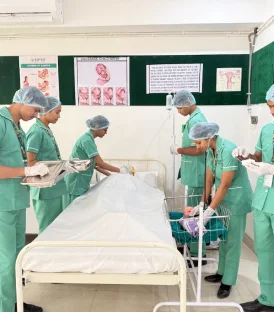Glaucoma is a group of eye conditions that can lead to irreversible damage to the optic nerve, resulting in vision loss and blindness if left untreated. It is often associated with increased pressure within the eye, known as intraocular pressure (IOP), although it can also occur with normal or low IOP.
There are several types of glaucoma, with primary open-angle glaucoma being the most common. In this type, the drainage angle within the eye becomes less efficient over time, leading to a gradual increase in IOP. This increased pressure can damage the optic nerve, resulting in peripheral vision loss that may progress to central vision loss if not managed.
Another type is angle-closure glaucoma, where the drainage angle of the eye becomes blocked suddenly, leading to a rapid increase in IOP. This can cause severe symptoms such as eye pain, blurred vision, headache, nausea, and vomiting. Angle-closure glaucoma is considered a medical emergency and requires immediate treatment to prevent permanent vision loss.
Risk factors for glaucoma include age (being over 60), family history, African ancestry, certain medical conditions (such as diabetes and high blood pressure), and long-term use of corticosteroid medications. Additionally, individuals with thinner central corneal thickness may be at increased risk.
Regular eye exams are crucial for early detection and management of glaucoma since it often progresses without noticeable symptoms until significant vision loss has occurred. During an eye exam, the ophthalmologist may measure IOP, assess the appearance of the optic nerve, and perform visual field testing to evaluate peripheral vision.
Treatment for glaucoma aims to lower IOP to prevent further damage to the optic nerve. This can be achieved through medications (such as eye drops, oral medications, or injections), laser therapy (such as selective laser trabeculoplasty or laser peripheral iridotomy), or surgery (such as trabeculectomy or minimally invasive glaucoma surgery). The choice of treatment depends on various factors, including the type and severity of glaucoma, the individual’s overall health, and their preferences.
While treatment can slow down or halt the progression of glaucoma, it cannot reverse existing damage. Therefore, early detection and regular monitoring are essential for preserving vision and quality of life. Glaucoma management often requires lifelong adherence to treatment and regular follow-up appointments with an eye care professional.
In conclusion, glaucoma is a serious eye condition characterized by optic nerve damage and vision loss, primarily caused by elevated intraocular pressure. Early detection, timely treatment, and ongoing management are crucial for preserving vision and preventing blindness associated with this condition.


















